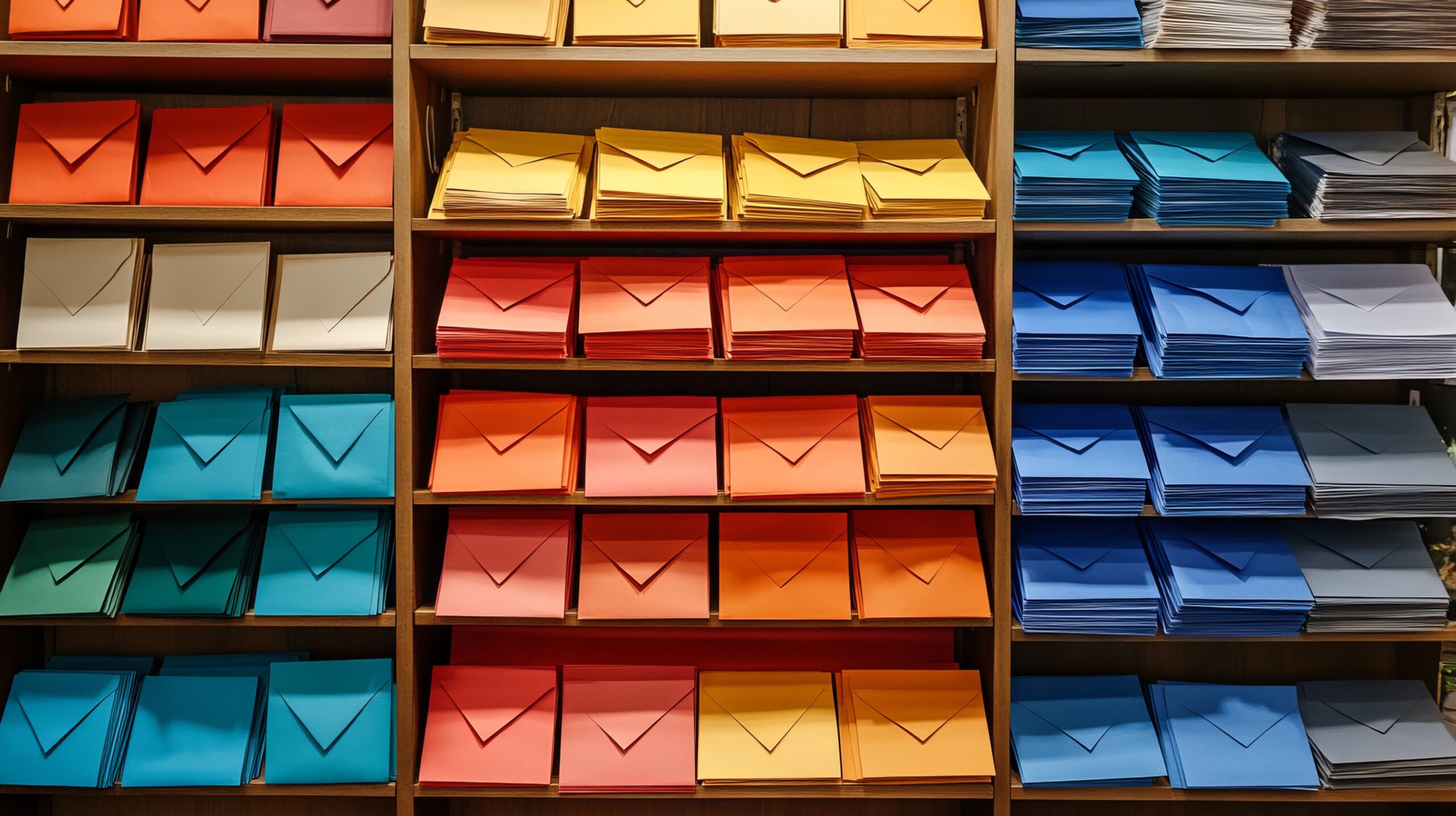Email Infrastructure and Service Providers
Coming to Terms with Tabs: Why Apple Mail Categorization is a Good Thing
minute read

- What is Apple Mail Categorization?
- How Does Apple Mail Categorization Work?
- How Will Email Marketers be Impacted?
- Prepare for Apple Mail Categories
- What Marketers Should Avoid
How chaotic will Apple Mail Categorization be?
That’s the question on many marketers’ minds following Apple’s iOS 18.2 announcement and the introduction of category tabs to Apple Mail.
Given Apple Mail is one of the most used email clients, commanding a 55 percent market share in email opens, categorization is a critical consideration for marketers. But questions remain about how it will work—and what marketers should do to prepare for the categorization change.
What is Apple Mail Categorization?
Email categorization isn’t a new concept. Gmail introduced email tabs back in 2013 to offer a more organized and user-friendly email experience with the goal of helping users manage their inbox more efficiently.
Apple plans to offer similar categories for users who check their emails on iPhones and iPads (there is speculation that Apple may roll out this feature on MacOS later).
How does it work?
The Mail app will feature “on-device categorization,” a system which sorts incoming messages into Apple’s new Mail Categories: Primary, Transactions, Updates, and Promotions. Users will also be able to categorize senders from the Digest view.
- Primary: For important emails, such as those from friends and family, or time-sensitive messages
- Transactions: For invoices, purchase confirmations, and receipts
- Updates: For newsletters and social network notifications
- Promotions: For marketing emails and sales offers

Image Source: Paved.com
Categories will be turned on by default, but Apple will allow users to revert to the old list view via a button in the top–right corner of the Mail app, as shown below.
Image Source: Paved.com
How will email marketers be impacted?
For many, there’s concern that marketing emails appearing in any category other than Primary are less likely to be seen and engaged with. But is this assumption true?
Following Gmail’s similar rollout of tabs 10 years ago, Return Path data showed Gmail users continued reading email at the same rate for brands they had previously engaged with. The report also noted senders with higher concentrations of less engaged subscribers could see sharp response drops.
This highlights marketers’ need to base their email program on a customer-centric strategy which keeps subscribers engaged and anticipating their messages—wherever they land.

Image Source: Paved.com
But what about deliverability?
Based on Gmail’s tabs rollout, there’s no indication that Apple Mail Categories will significantly impact email deliverability for reputable senders. Authenticated emails sent to engaged subscribers are likely to continue reaching their recipients. However, as mentioned earlier, senders with a high concentration of less engaged subscribers may see a drop in response, impacting deliverability.
How can marketers prepare for Apple Mail Categories?
- Authenticate your emails. The first step in getting email delivered to any inbox is authentication. Your emails should be authenticated with Sender Policy Framework (SPF), DomainKeys Identified Mail (DKIM), and Domain-based Message Authentication, Reporting, and Conformance (DMARC) protocols.
- Consider your content. Make sure image-based emails are updated to dynamic live text which allows algorithms to properly scan and categorize your message content. Apple will also be generating AI summaries based on email content, so lead with a strong subject line and engaging opening text.
- Monitor placement. Track how your emails are being categorized to ensure they’re landing where subscribers will expect them.
- Boost your brand. Worried about your brand getting buried in the Promotions category? Apple’s new Branded Mail feature can help senders stand out in a crowded inbox. Branded Mail allows brands to customize how they appear in emails and phone calls on the iPhone.
- Implement a more customer-centric approach. Only 16 percent of respondents in a recent Validity poll currently prioritize a customer-centric approach while 49 percent stated they use a revenue-centric approach. Clearly, there’s a tension between hitting revenue targets and fostering engagement. But the foundation of any customer-centric strategy is simple: send emails your subscribers want and expect. When you provide helpful, value-added content, subscribers will seek out your messages, no matter where they’re categorized.
What should marketers avoid?
- Don’t panic. The Promotions Category is not the same as the spam folder. Your messages are still being delivered where a subscriber is likely to engage with them. If they are viewing your message in their Promotions tab, they are likely ready to view offers or shop. This might not be the case when they’re perusing their Primary category.
- Don’t try to game the system. I know there are marketers who are already considering strategies to get emails delivered to the Primary inbox rather than Promotions. But the truth is, you can’t game the system. Apple, just like Gmail, is using a complex algorithm which considers both the email content and the user’s history with other messages sent by your brand to categorize your email. These algorithms are continually updated to filter and display messages in categories. And these algorithms are good. 9 out of 10 Gmail users report the classification is accurate.
Subscribers will also be relying on the categorization system to help them manage their inbox. If they are surprised by your promotional email finding its way into their Primary tab, they may be likely to move it to Promotions (best case scenario), ignore it, or mark it as spam (worst case scenario).
Email Categories are likely here to stay. Marketers can take steps now to plan for—and even embrace the change. For more can’t-miss insights on the evolving world of email marketing in 2024, check out our latest report: The 2024 Email Marketing Pulse: Trends, Challenges, and Opportunities for Email Senders.

